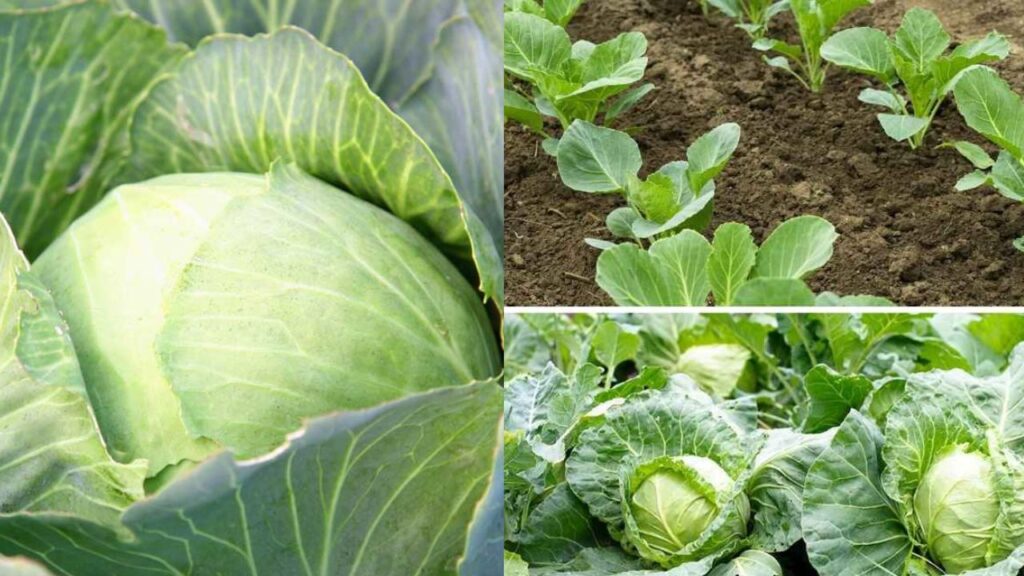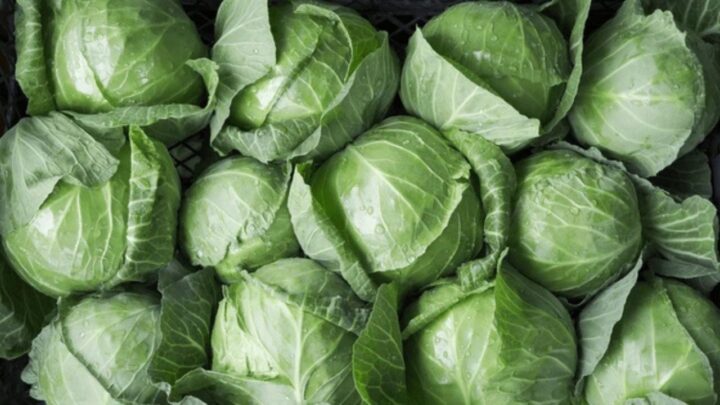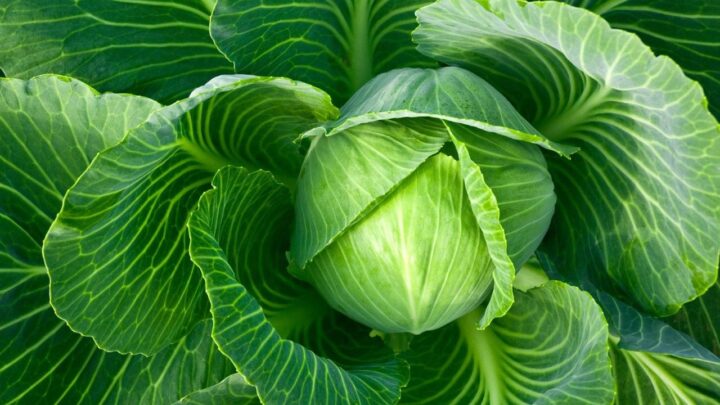Grow Cabbage from Seed – Discover how easy and rewarding it is to grow your own fresh cabbage at home. With a few simple steps, even beginners can enjoy crunchy, homegrown cabbage straight from their garden to the table.

Why Grow Cabbage at Home?
Homegrown cabbage is fresher, tastier, and more nutritious than store-bought. Whether you’re planting in a backyard garden or large containers, cabbage adapts well and offers a great return on effort.
- Rich in vitamins C and K
- Grows in cool weather conditions
- Ideal for salads, soups, and stir-fries
- Can be stored for months after harvest
- Low-maintenance and beginner-friendly
Best Time and Place to Grow Cabbage
Cabbage thrives in cooler seasons, so timing is key. For spring harvests, sow seeds indoors 6–8 weeks before the last frost. For fall harvests, sow in mid to late summer.
 Inside Reload Bar & Games : Canberra’s Ultimate Destination for Arcade Battles and Craft Beers
Inside Reload Bar & Games : Canberra’s Ultimate Destination for Arcade Battles and Craft Beers
Ideal Growing Conditions:
- Soil: Well-draining, rich in compost
- Sunlight: Full sun (6+ hours daily)
- Water: Regular watering to keep soil moist
- Spacing: 12–18 inches between plants

Step-by-Step Guide to Grow Cabbage from Seed to Table
- Step 1: Start Seeds Indoors
Begin by sowing cabbage seeds in small seed trays or pots filled with seed-starting mix. Place the trays near a sunny window or under grow lights. Keep the soil consistently moist.
- Step 2: Transplant Seedlings
After 4–6 weeks, when seedlings have 3–4 true leaves and outdoor temps are above 45°F, harden them off by placing them outside for a few hours daily. Then transplant into the garden.
- Step 3: Provide Nutrient-Rich Soil
Mix compost or aged manure into your garden bed before planting. Cabbage loves nitrogen, so feed with an organic vegetable fertilizer every 2–3 weeks during the growing period.
- Step 4: Mulch and Water
Add a thick layer of mulch around your cabbage to retain moisture and block weeds. Water regularly, especially in dry spells, aiming to keep the soil moist but not soggy.
- Step 5: Watch for Pests
Common cabbage pests include cabbage worms and aphids. Use organic pest control options like neem oil, or place netting over young plants to prevent infestations.
- Step 6: Harvest at the Right Time
Once the cabbage head feels firm and reaches full size (usually 70–90 days after sowing), cut it at the base with a sharp knife. Don’t pull the plant—cut above the root.

Extra Tips for a Healthy Cabbage Harvest
- Rotate crops yearly to avoid soil diseases
- Choose compact varieties for small gardens
- Apply Epsom salt once a month for bigger heads
- Use floating row covers early in the season
- Remove outer yellow leaves regularly for better airflow
FAQs
How long does cabbage take to grow?
Most cabbage varieties take between 70 to 100 days from seed to harvest, depending on the type and climate.
Can cabbage grow in containers?
Yes, cabbage grows well in large containers (at least 12 inches deep) with good drainage and full sunlight.
What’s the best fertilizer for cabbage?
Use a balanced organic fertilizer with a higher nitrogen content to support leaf growth, applied every 2–3 weeks.
Why is my cabbage not forming heads?
This may be due to overcrowding, lack of sunlight, or inconsistent watering. Ensure proper spacing and full sun.
You don’t need a massive garden or expert skills to enjoy the joy of growing your own cabbage. With patience, sunshine, and a little care, you’ll soon be slicing fresh cabbage from your garden onto your dinner plate. Start today—your table will thank you!



